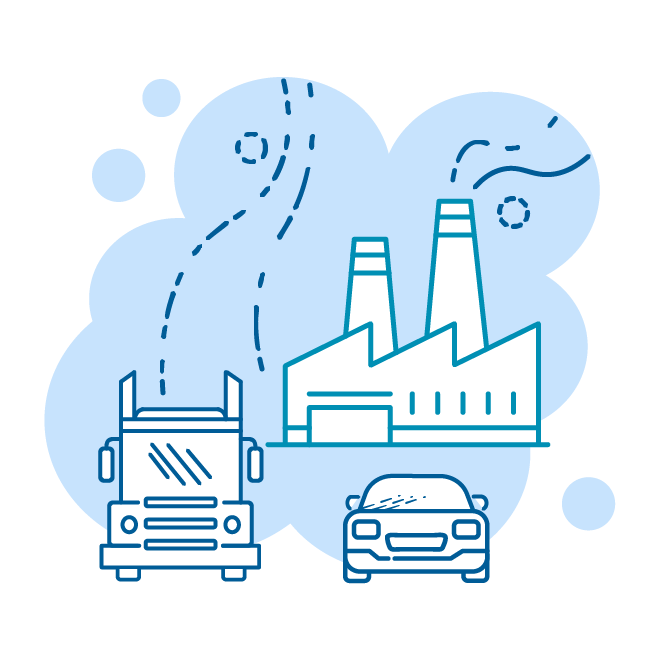Right now, B.C. is still mainly powered by fossil fuels
Most of us use gas or diesel-powered cars to get around. Most of our industries rely on fossil fuel-powered equipment to harvest raw materials and manufacture and transport finished products. Fossil fuels power the equipment that harvests our food and heats our homes.
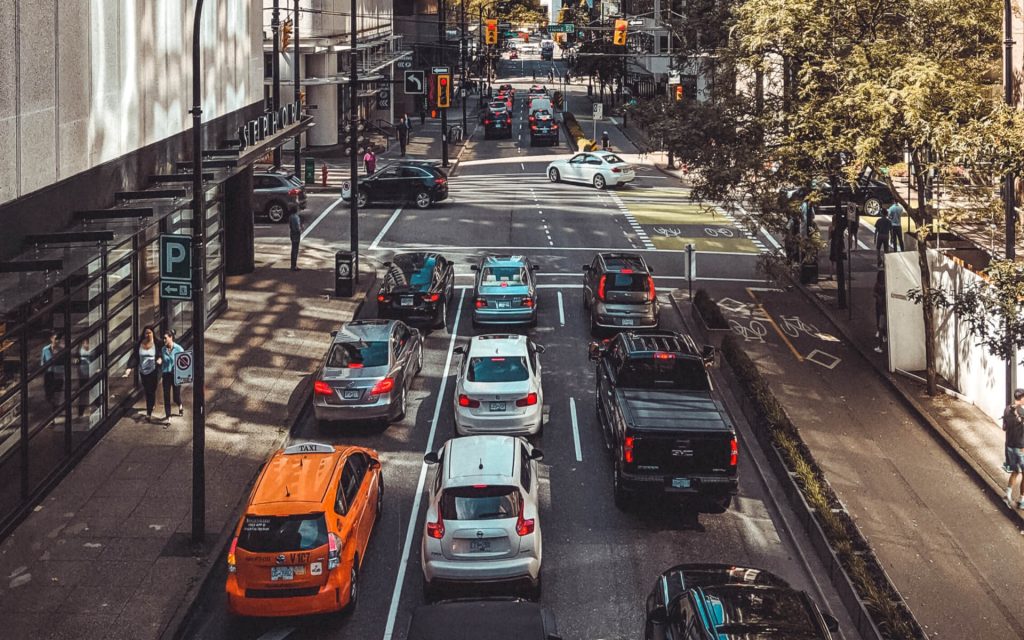
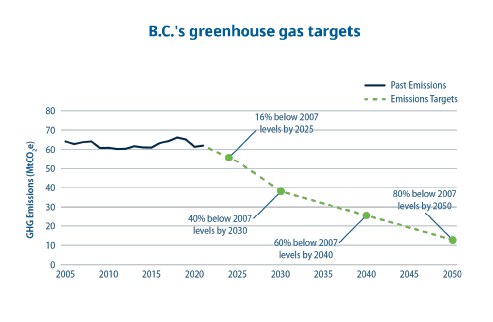
Measuring pollution
In B.C. we measure climate pollution from different types of human activity. This helps us understand where the pollution comes from and where we can work to reduce it.
In 2007, B.C.’s climate pollution from greenhouse gases totalled 65.5 million tonnes. We have a plan to reduce greenhouse gas pollution by 40% by 2030.


